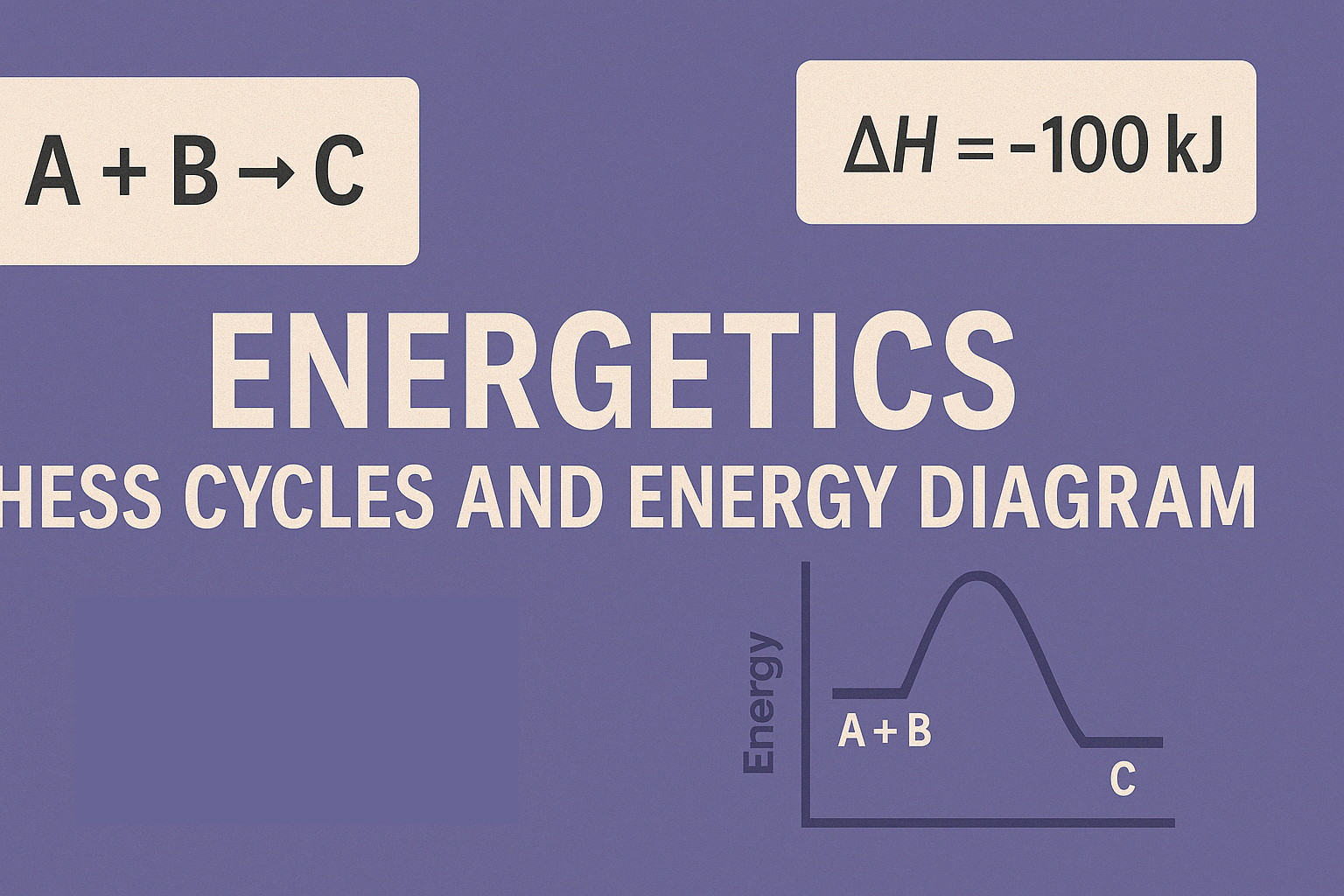
- Teacher: Mohammed Fatah

- Teacher: Mohammed Fatah

- Teacher: Mohammed Fatah
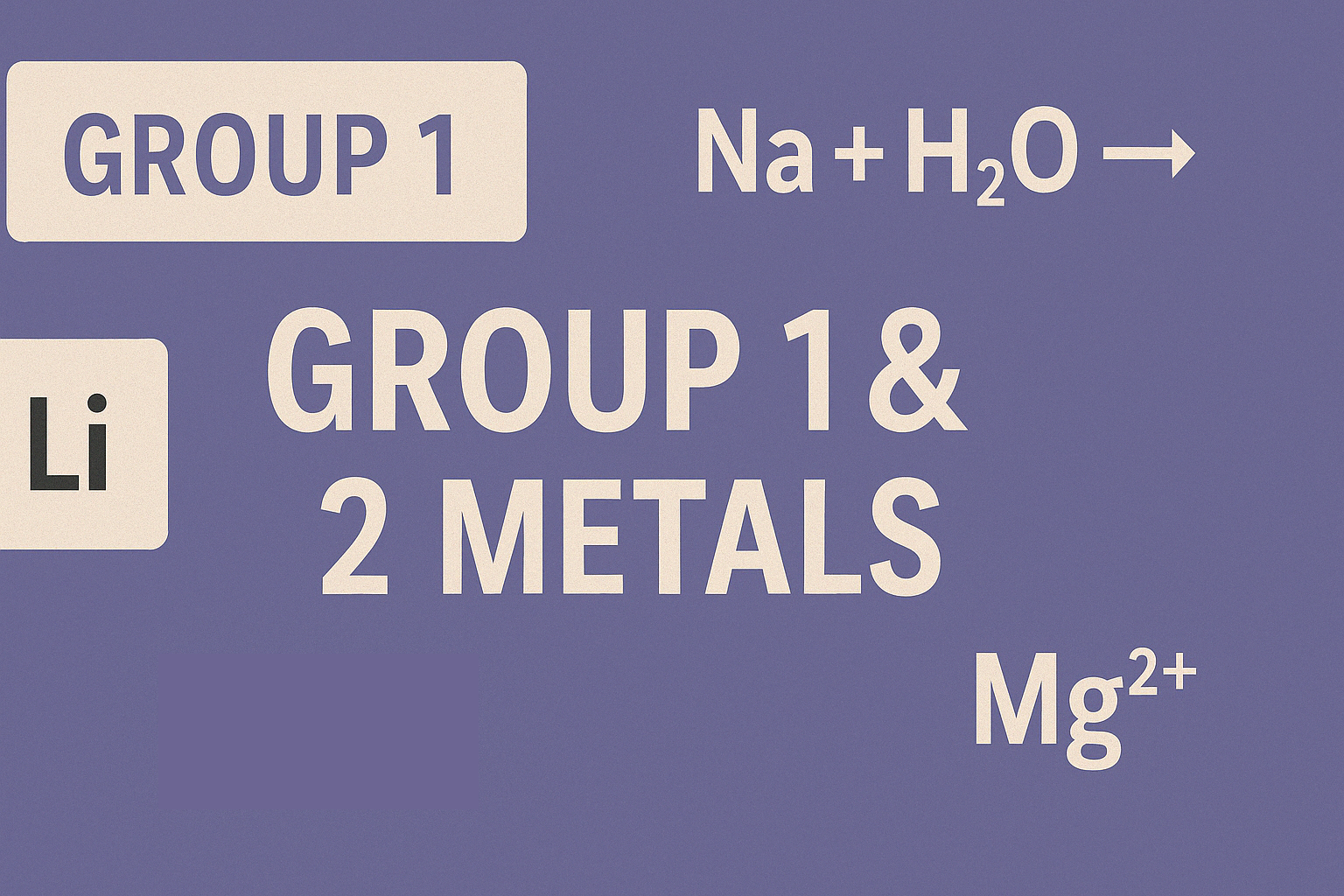
- Teacher: Mohammed Fatah
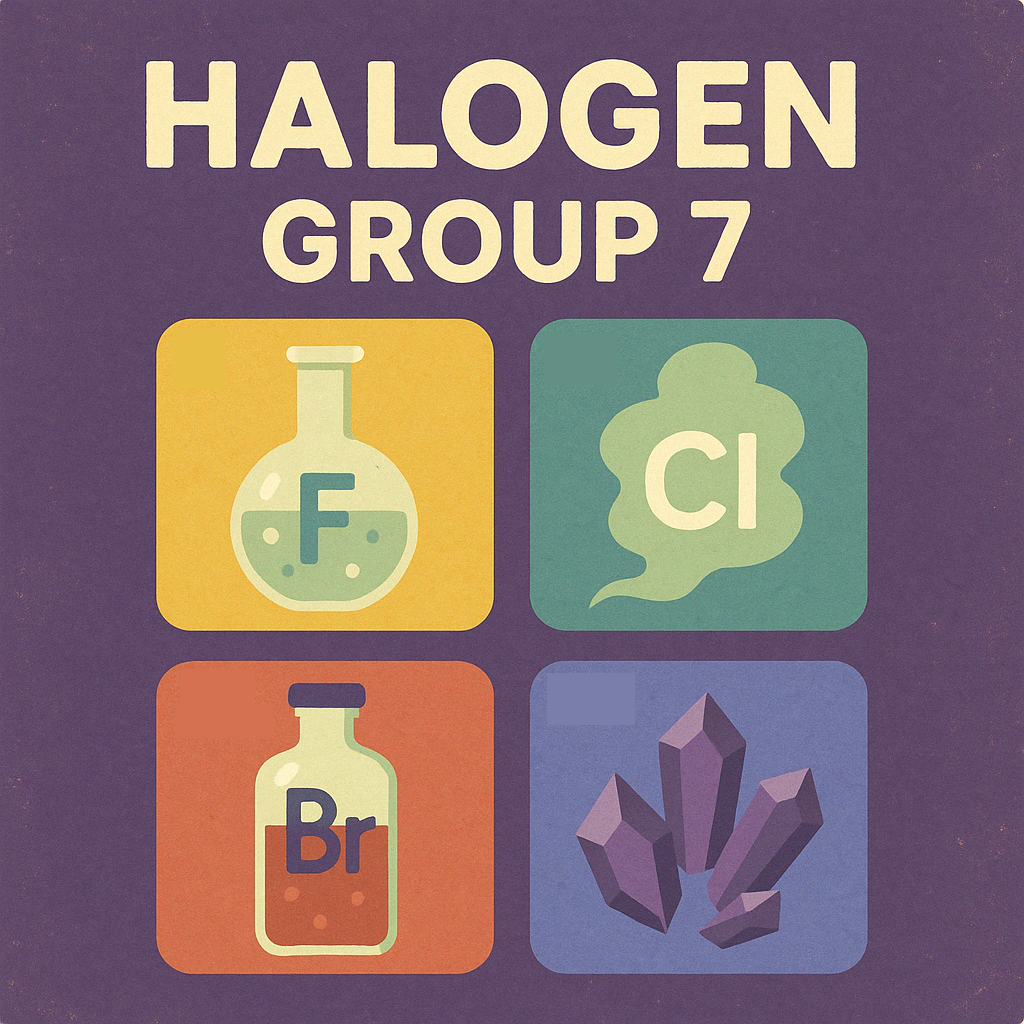
- Teacher: Mohammed Fatah
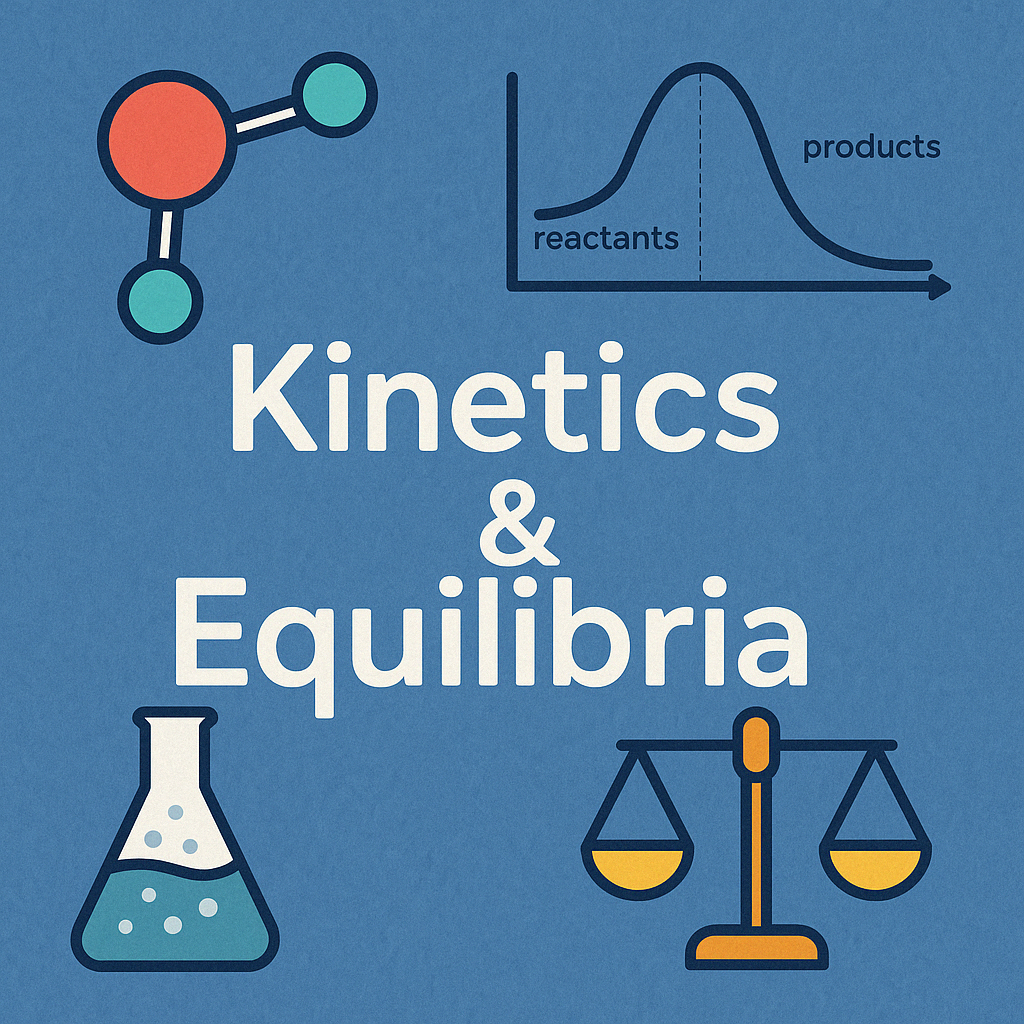
This course explores two fundamental areas of physical chemistry: reaction kinetics and chemical equilibrium. Students will learn how various factors affect the rate of chemical reactions, including temperature, concentration, surface area, and catalysts. The course introduces and develops collision theory and the Maxwell-Boltzmann distribution as key tools for understanding reaction rates at the particle level.
In the equilibria section, students will examine dynamic reversible reactions and the conditions that affect equilibrium position. Le Chatelier’s Principle is used to predict how changes in temperature, pressure, and concentration influence equilibrium systems. Students will also explore equilibrium constants and their significance in both qualitative and quantitative contexts.
By the end of the course, students will be able to:
-
Analyse how reaction conditions impact rate and equilibrium.
-
Interpret and apply data using rate graphs and equilibrium constants.
-
Evaluate industrial applications, including the use of catalysts and optimum equilibrium conditions.
The topic builds critical thinking and analytical skills essential for further studies in chemistry, engineering, and the sciences.
- Teacher: Mohammed Fatah
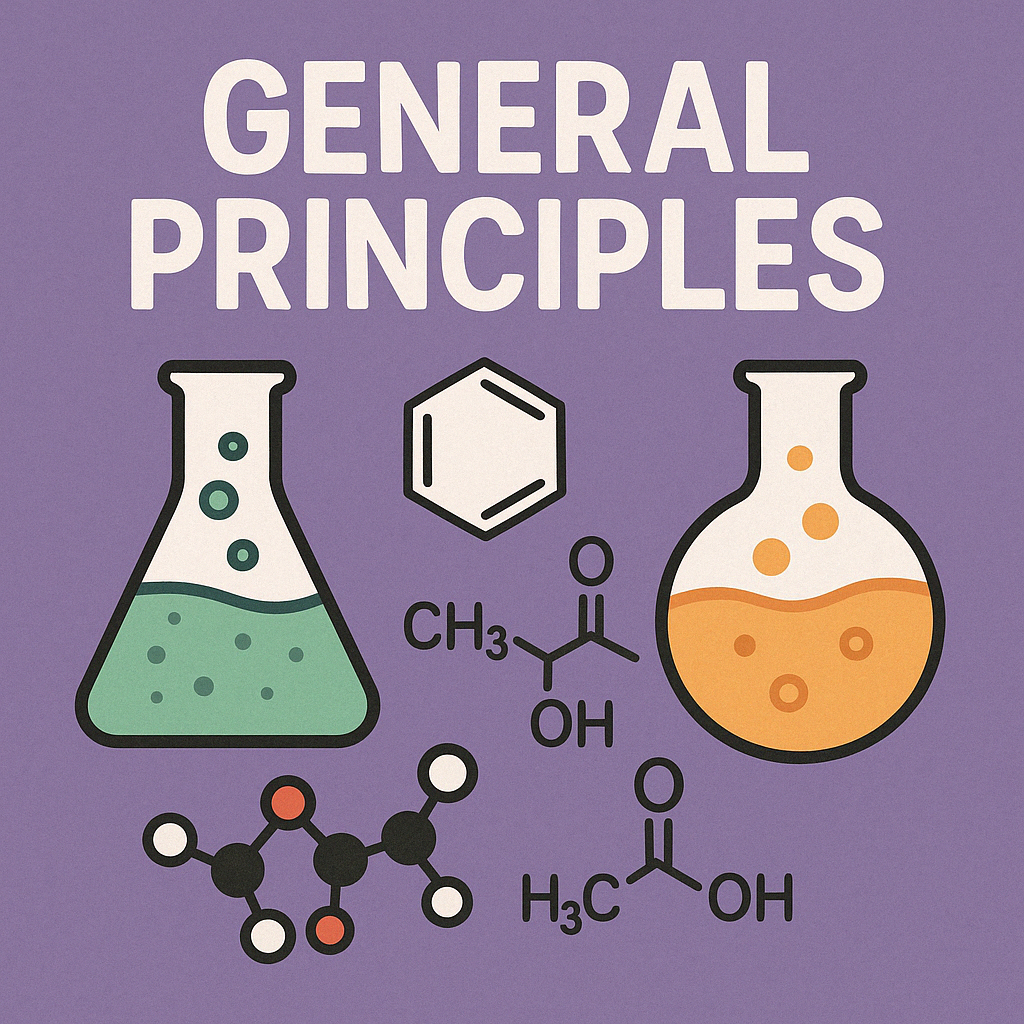
- Teacher: Mohammed Fatah
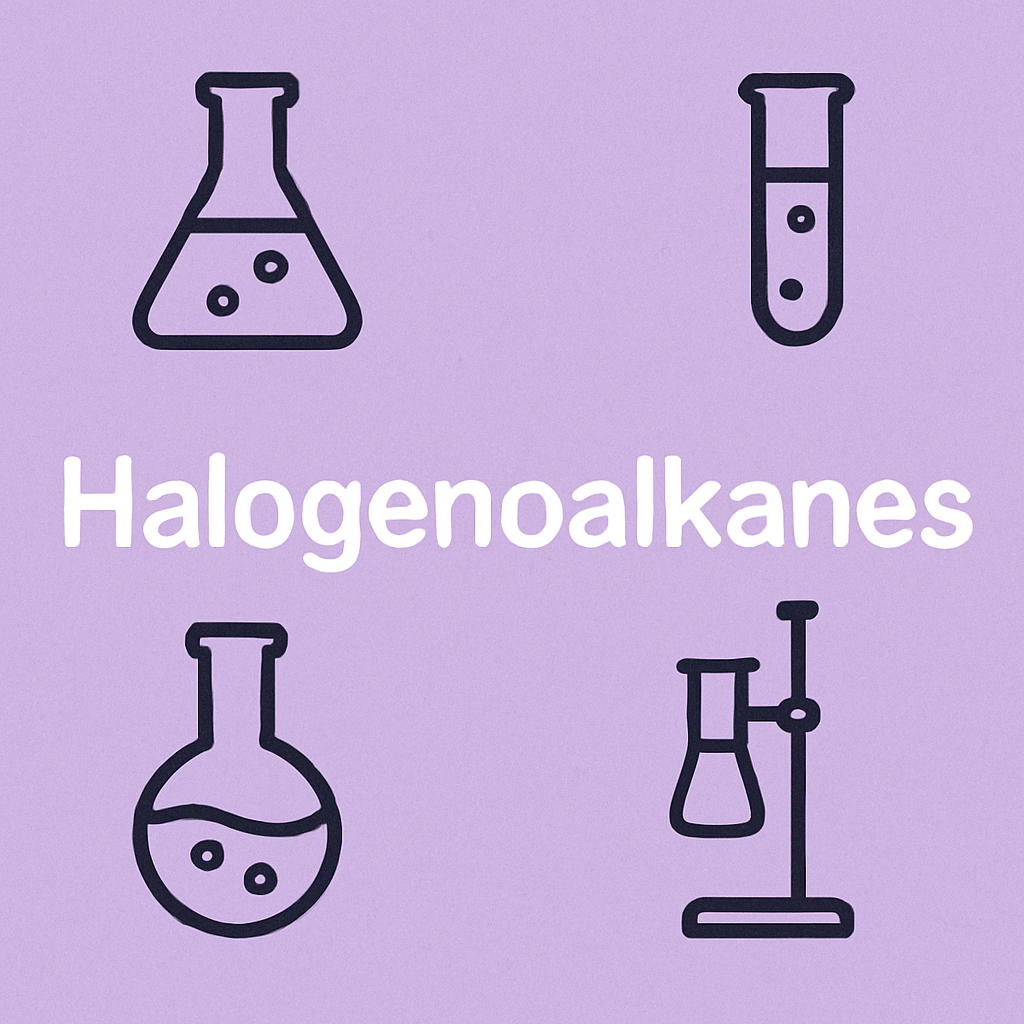
- Teacher: Mohammed Fatah

- Teacher: Mohammed Fatah

- Teacher: Mohammed Fatah
